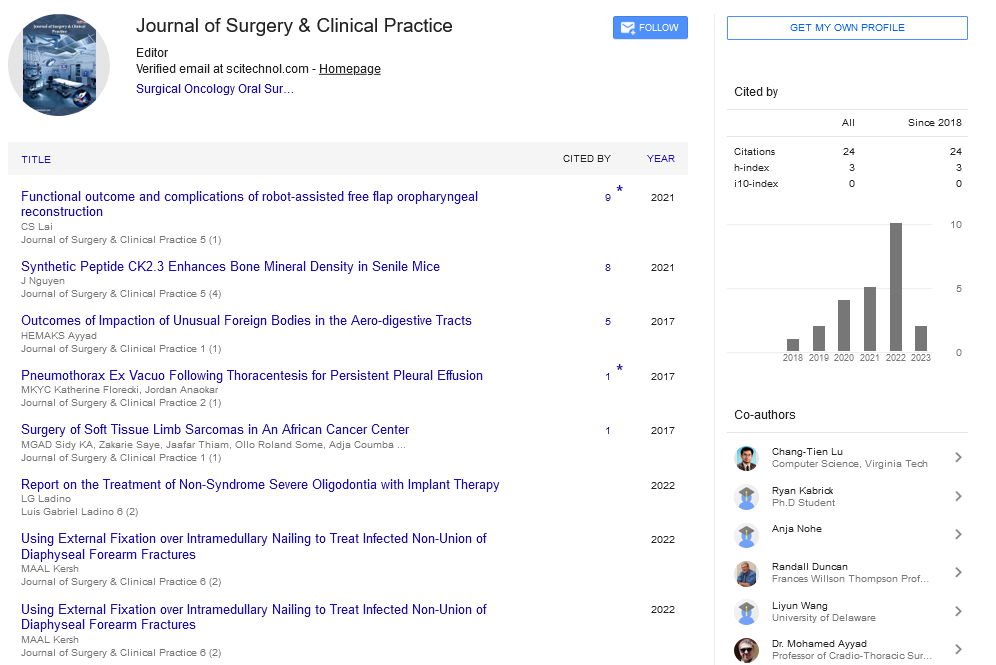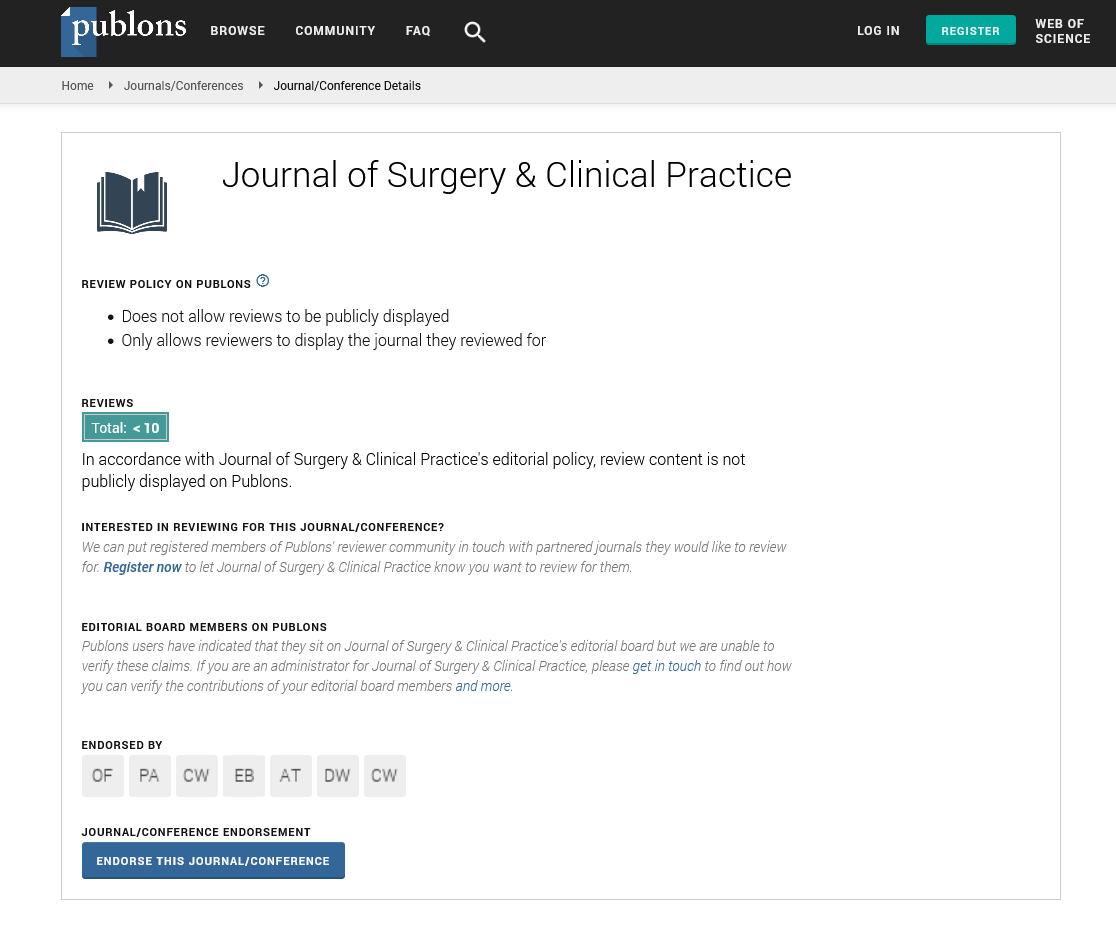Study on Correlation of musculoskeletal components in Diabetes Mellitus
Jaganjyoti Das
Shree Guru Gobind Singh University, India
: J Surg Clin Pract
Abstract
Introduction: Diabetes is one of the most common noncommunicable diseases worldwide and is foremost cause of death in most high income countries as this disease is known to be most challenging health related problems of 21st century. Prevalence of diabetes increases with age, the impact of diabetes on disability is more in aging population than in younger population. This increasing prevalence results in increasing incidence of the diabetes and related conditions including rheumatic manifestations. The proposed study is to find out relationship between the Fasting blood sugar level with musculoskeletal manifestations such as Pain, shoulder disability, lower limb function, ROM of upper and lower limb joints, Muscle strength as well as bone mineral density in diabetic population.
Methodology: An observational and descriptive study was done with 113 patients consisting of 58 male and 55 females having mean age 57.87 in Patiala and the samples were collected by convenient random sampling method. After collecting the demographic details the subjects underwent BMD ,FBS ,SPADI ,LEFI ,ROM and VAS testing and then isometric muscular strength was measured. Data was analyzed with Mean, standard deviation and Pearson’s correlation coefficient.
Results: The results were non-significant for all the variables analyzed with p-value >0.05 from the Pearson’s correlation coefficient. The mean BMD is found to be 1.05±0.27. LEFI findings show most common affected age was 61-70 years with 38% population and least affected was 41-50 with 7% population. SPADI scale shows that 7% had mild to moderate type of pain, 10% had mild and 2% had severe disability of shoulder. VAS shows 5% population had mild pain and 13% population had moderate pain.
Conclusion: The study concluded that there was no significant relationship of Fasting blood sugar with bone mineral density, pain intensity, shoulder pain and disability, lower extremity function and Range of motion. Diabetic subjects need to control blood sugar level both through pharmacologically and non-pharmacologically i.e. physical activity, proper diet to reduce the risk of the further complication of diabetes as the age, physical inactivity and BMI has direct relation with musculoskeletal complications.
 Spanish
Spanish  Chinese
Chinese  Russian
Russian  German
German  French
French  Japanese
Japanese  Portuguese
Portuguese  Hindi
Hindi 
